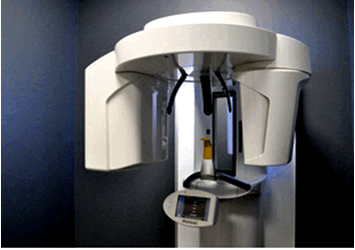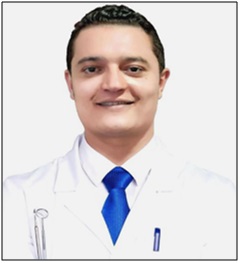RADIOGRAPHIC EVALUATION OF OVERHANGING RESTORATIONS AMONG YEMENI PATIENTS USING CONE-BEAM COMPUTED TOMOGRAPHY (CBCT)
Keywords:
Class II restoration, Cone-Beam Computed Tomography (CBCT), crown restoration, overhang, YemenAbstract
Background and aims: Overhanging restorations which is extension of restorative material beyond the confines of a cavity preparation may lead to various complications and risks, including increased gingival fluid flow and oral inflammation. The study aim is to use cone-beam computed tomography (CBCT) to radiographically assess the incidence of overhanging restorations in Yemeni patients.
Methods: A retrospective comparative study was conducted on 404 randomly selected CBCT images dor ≥ 18 years male and female Yemeni patients referred to private radiology centers in different Yemeni cities (i.e., Sana'a, Ibb, Hodeida, Aden and Hadhramout) during the period from January 2021 to June 2022. The overhang was evaluated regarding arch (upper or lower), side (right or left), tooth location, and tooth type (central incisor (I1), lateral incisor (I2), canine (C), 1st premolar (P1), 2nd premolar (P2), 1st molar (M1), 2nd molar (M2) and 3rd molar (M3). The tooth surface was considered the statistical unit to allow an accurate comparison of periodontal variables for each restored surface. The evaluated surface points of class II restorations were mesial and distal, while those of crown restorations were mesial, distal, buccal, lingual, mesiobuccal, mesiolingual, distobuccal, and distolingual.
Results: The prevalence rate of overhang was 59.8% in class II and 51.5% in crown restorations. Class II restoration overhang had no significant association with arch, side, tooth type, and tooth location; however, it had a significant association with tooth and surface point (p<0.05), indicating that it was more significantly observed in the 2nd premolar (67.5%) than the other teeth as well as in the distal surface than the mesial one (73.1% vs. 26.9%, p<0.05
Conclusion: The prevalence of class II and crown restoration overhang is considered high among Yemeni patients. Overhangs observed on class II restorations are more than those observed on crown restorations. Class II restoration overhangs are more commonly observed on the 2nd premolar as well as the distal surface.

Peer Review History:
Received: 2 August 2023; Revised: 9 September; Accepted: 25 October; Available online: 15 November 2023
Academic Editor: Dr. DANIYAN Oluwatoyin Michael , Obafemi Awolowo University, ILE-IFE, Nigeria, toyinpharm@gmail.com
, Obafemi Awolowo University, ILE-IFE, Nigeria, toyinpharm@gmail.com
Reviewers:
 Dr. Tamer Elhabibi, Suez Canal University, Egypt, tamer_hassan@pharm.suez.edu.eg
Dr. Tamer Elhabibi, Suez Canal University, Egypt, tamer_hassan@pharm.suez.edu.eg
 Dr. Bilge Ahsen KARA, Ankara Gazi Mustafa Kemal Hospital, Turkey, ahsndkyc@gmail.com
Dr. Bilge Ahsen KARA, Ankara Gazi Mustafa Kemal Hospital, Turkey, ahsndkyc@gmail.com
Downloads

Published
How to Cite
Issue
Section

This work is licensed under a Creative Commons Attribution-NonCommercial 4.0 International License.









 .
.